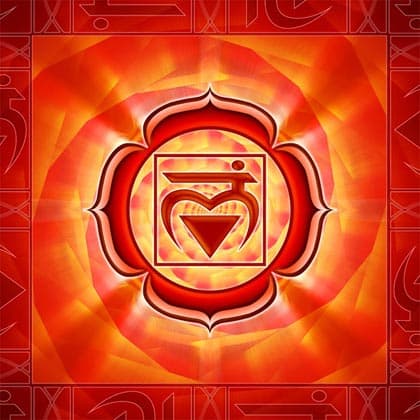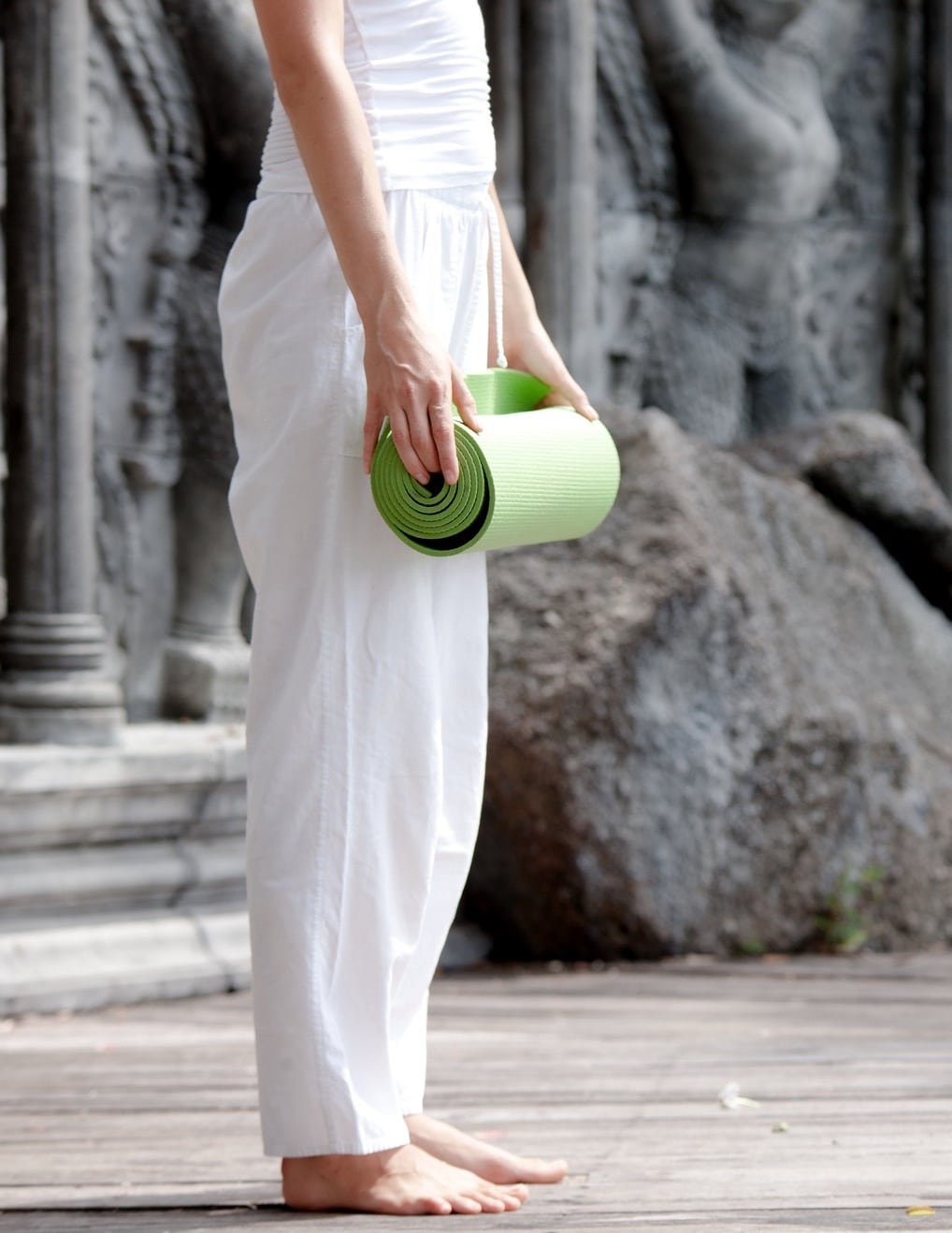Kundalini yoga
Ancestral yoga, Kundalini yoga takes up the principles of hatha yoga but with more emphasis on breathing. This is often powerful, deep and dynamic.

This yoga activates the pineal gland, the chakras and awakens the Kundalini energy.
Definition of Kundalini yoga
In Kundalini Yoga we apply the fourth stage of yoga, following the ashtanga system:
- yamas (philosophy)
- niyamas (philosophy)
- asanas (postures)
- pranayama (breath/energy).
The other four stages are pratyahara (introspection), dharana (concentration), dyana (meditation), samadhi (transcendence/contemplation).
Kundalini yoga is therefore straddling the practice of postures and pure meditation. But beware, this practice is often, in a sense (resilience) more difficult than the practice of asanas. The movements are simple even must, as far as possible, be held for a certain time.


Benefits of
Kundalini Yoga
The ultimate goal of this yoga is to awaken and circulate the kundalini energy. It is said that it is at the bottom of the column (muladhara chakra).
Kundalini exercises aim to redirect the dual energies (Ida and Pingala, male/female, positive/negative etc.) into Sushumna, an energy channel (like a meridian but called Nadi) located at the level of the column.
Kundalini yoga induces a deep cleansing of the nadis (meridian points) and the activation of the chakras. This science is similar to the practices of Qi Gong and Taï Chi (in the functioning, work of the prana / Qi).
Apart from this “awakening” objective, intended more for yogis ready to devote their lives to yoga, Kundalini brings essential benefits:
- general well-being;
- significant increase in energy level;
- mental clarity and focus;
- mental and physical strength, resilience;
- better, deeper and shorter sleep (because qualitative);
- calmness of mind; sharper intellect;
- more powerful creative mind;
- correct, deep and regenerating breathing;
- greater state of consciousness.

The practice is separated into three stages: dynamic exercises with synchronization of movements and breathing, meditative exercises with specific breathing and relaxation

Kundalini Yoga exercices
Some movements are simple and easy, others more physically demanding. But, the advantage of this type of yoga is that everyone can manage their own rhythm and intensity (much more than in hatha/vinyasa yoga).
Breathing can be done through the nose, mouth or both, on basic rhythms (inhale/exhale) or more refined.
As mentioned above, kundalini yoga can activate the pineal gland, the chakras and awaken the Kundalini energy but this should not be the goal of the practice. The idea is above all to develop health and well-being and to leave the mystical experiences what they are: momentary different perceptions.

For who ?
Although it is recommended for everyone, Kundalini yoga is particularly useful for people:
- lacking energy, stressed, tired, burn-out;
- anxious, depressed, prone to fears and anxiety attacks;
- wishing to practice yoga but lacking flexibility;
- loving an aerobic and physically stimulating practice;
- wishing to harmonize their energy to see awaken their kundalini;
- needing to learn to breathe and or to oxygenate deeply.
Kundalini yoga is accessible to everyone, except pregnant women beyond three months and special cases (accident, operation, heart problem).
Beyond that, everyone can practice! We have to imagine that our whole life goes through breathing. In a polluted world, with neglected lifestyles, breathing better is an essential “duty”.
3 trial classes at 15 CHF each
To take advantage of it, click on the button below. Once registered, the offer will automatically appear at the end.

